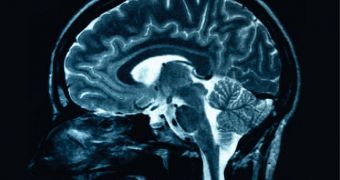One of the things that have always puzzled anthropologists has been the size of the human brain. While other creatures have larger cortices than our own in terms of mass, we have the larger one of all primates. The complexity of our brains is also immensely superior to that of any other creature, and this factor, coupled with the size, is largely what made us the dominant species on the planet. Now, in a new series of investigations, researchers believed they may have found one of the things that allowed for our brains to develop to such levels. The team says that a class of stem cells may have been at least partially responsible for this trait, LiveScience reports.
The study was led by a group of investigators based at the University of California in San Francisco (UCSF). The researchers noticed that the stem cells in question seemed to help to formation of the neocortex to a great extent. This is the outer layer of the brain, and the prefix “neo” literally means “new.” Unlike other animals, primates and humans have a very large and well-developed neocortex, and this is incredible evolutionary importance. Some of the most “human” behaviors are headquartered in this region of the cortex, including consciousness, language and other such abilities.
According to UCSF neurobiology researcher Arnold Kriegstein, the new type of stem cells is most likely present in other animals as well, maybe even cats and gods. However, he adds that the cells are definitely more active in primates and humans, and that they can also be found in much higher concentrations in these species. When considering the fact that these stem cells develop into neurons, the main conduits for electrical signals in the brain, it stands to reason that larger numbers of initial cells translate into large numbers of neurons, and therefore a larger neocortex.
Many researchers want to model various diseases that affect this brain region, such as for example Alzheimer's and Parkinson's, using unsuspecting lab mice. But Kriegstein believes that this type of research may be misleading. “When it comes to this particular part of the brain, the neocortex, because it's so different in people than in mice, I think we need to understand the differences if we are going to be able to study [those brain diseases] properly. The question is, how good a model is a mouse model for autism or for dementia or for a learning disability – I think probably not a very good model,” he says. Additional details of the work were published in the March 25 issue of the top journal Nature.

 14 DAY TRIAL //
14 DAY TRIAL //